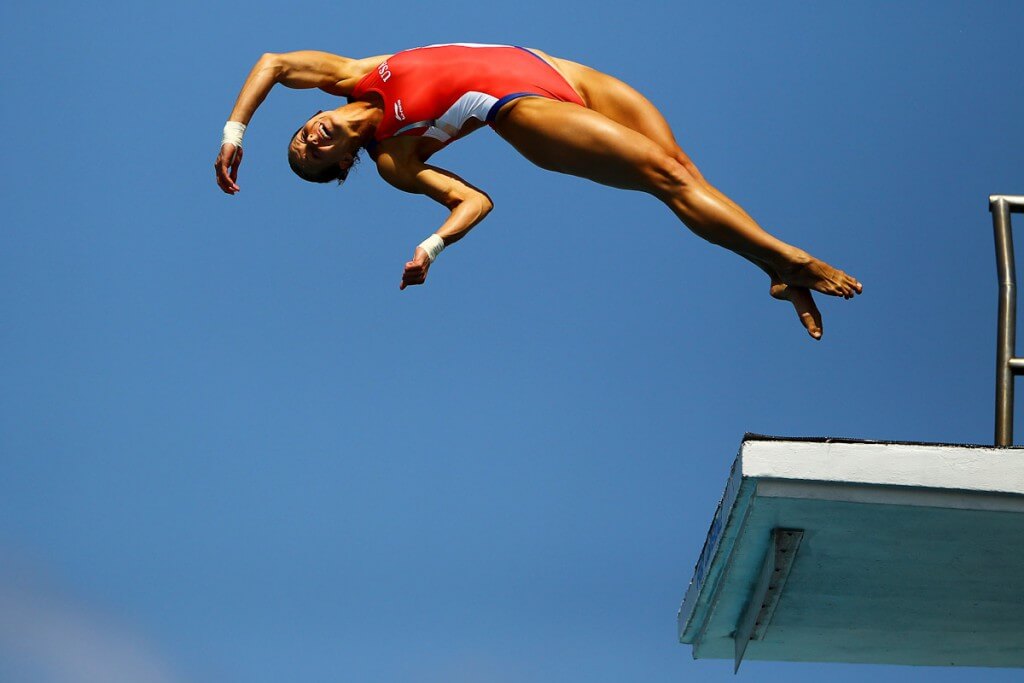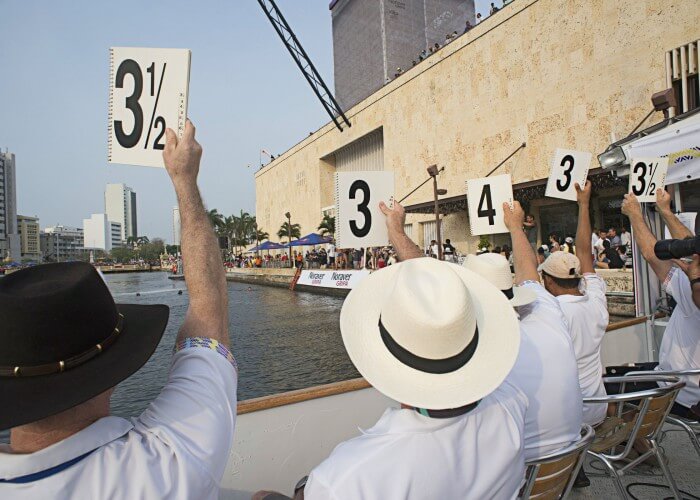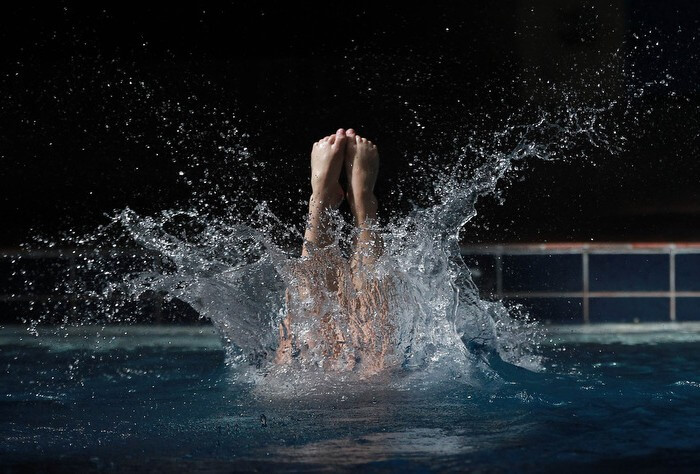4 Things To Know Before Watching Diving In Rio


Editorial Coverage Sponsored By FINIS
By Erin Keaveny, Swimming World College Intern
Diving is confusingly lumped in with swimming, but the sports are quite different species. For those of you who, like many swim fans, don’t fully understand the sport of diving, here are a few pointers that can make Olympic diving a little clearer for you…
1. How do the events work?

Photo Courtesy: Matthew S. DeMaria
Women compete five dives on three meter springboard or ten meter platform, men compete six. Each dive has to be from one of the five categories, front, back, reverse, inward or twisting. Men repeat one category on their last dive.
For synchronized diving, women compete five dives and men compete six. Both must compete dives from at least four of the categories, and men can’t compete more than two dives form the same category.
2. How does the scoring work?

Photo Courtesy: Red Bull Cliff Diving
Every dive has a degree of difficulty, or DD. The harder the dive, the higher the DD. At a meet like the Olympics there are seven judges. Each judge scores the dive between 0 and 10, 10 being perfect. The two highest judges scores and the two lowest judges scores are dropped and only the middle three scores count towards the dive total. Those three remaining scores are added together and multiplied by the DD to get the total score for that dive. Then all the dive scores are added together for the complete score.
Here’s an example. A diver is awarded a 5.5, 6, 6, 6, 6.5, 7 and a 7 on a 101B, or front dive pike, on three meter. A 101B has a DD of 1.5. The judges scores that count for that dive are 6, 6, and 6.5. Therefore the total score for that dive would be a 27.75.
3. It’s not just about how big the splash is.

Photo Courtesy: Steve Russell
Many things are taken into account before the judges score a dive. The dive’s hurdle or approach, their take off, height, execution, and finally their entry. A great entry with no splash can be the difference between a 6 and a 7, but it’s far from the only thing that matters.
4. What are those little towel things?

Photo Courtesy: Hayley Good
They’re called sammies or shammies, and they’re super absorbent. Divers use them to dry off in between dives so there’s less of a chance of slipping out of the dive. They’re often dyed and personalized, and can often be almost like a security blanket. Divers often become pretty attached to their sammies , and losing one can be awful. We’ve all been there.


- OFFICIAL SITE FOR RIO
- RIO COMPETITION SCHEDULE
- WHERE TO WATCH LIVE VIDEO OF OLYMPICS
- USA MEN'S SWIMMING TEAM
- USA WOMEN'S SWIMMING TEAM
- USA DIVERS GOING TO RIO
- USA WOMEN WATER POLO TEAM
- SWIMMING MEDAL PREDICTIONS
- FULL DAY 1 RESULTS
- FULL DAY 2 RESULTS
- FULL DAY 3 RESULTS
- FULL DAY 4 RESULTS
- FULL DAY 5 RESULTS
- FULL DAY 6 RESULTS
- FULL DAY 7 RESULTS
- FULL DAY 8 RESULTS
- WOMEN'S 10K OPEN WATER RESULTS
- MEN'S 10K OPEN WATER RESULTS
- FULL OLYMPIC SWIMMING RESULTS



